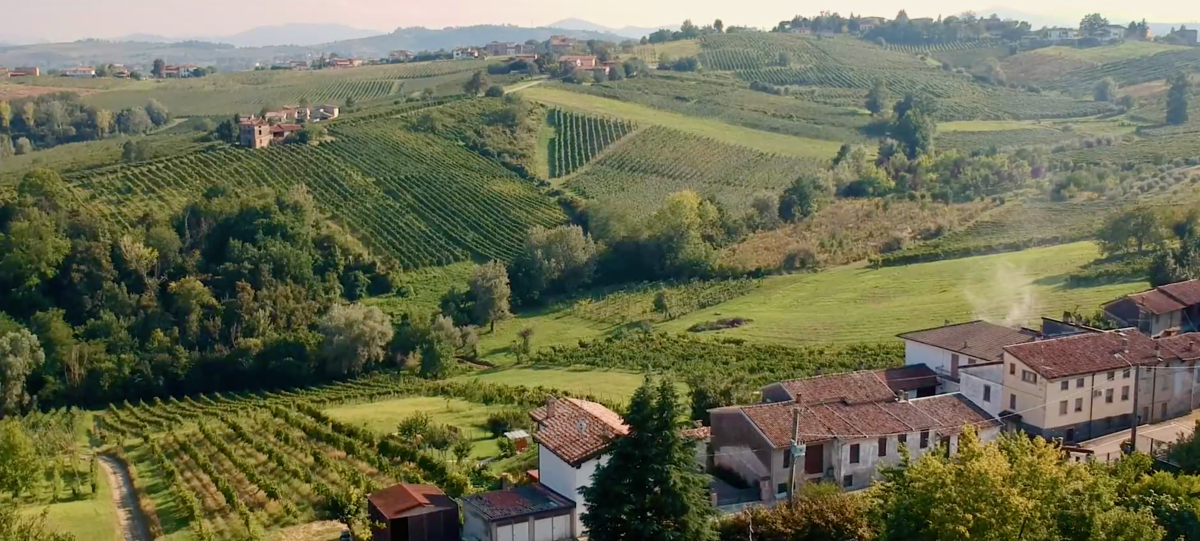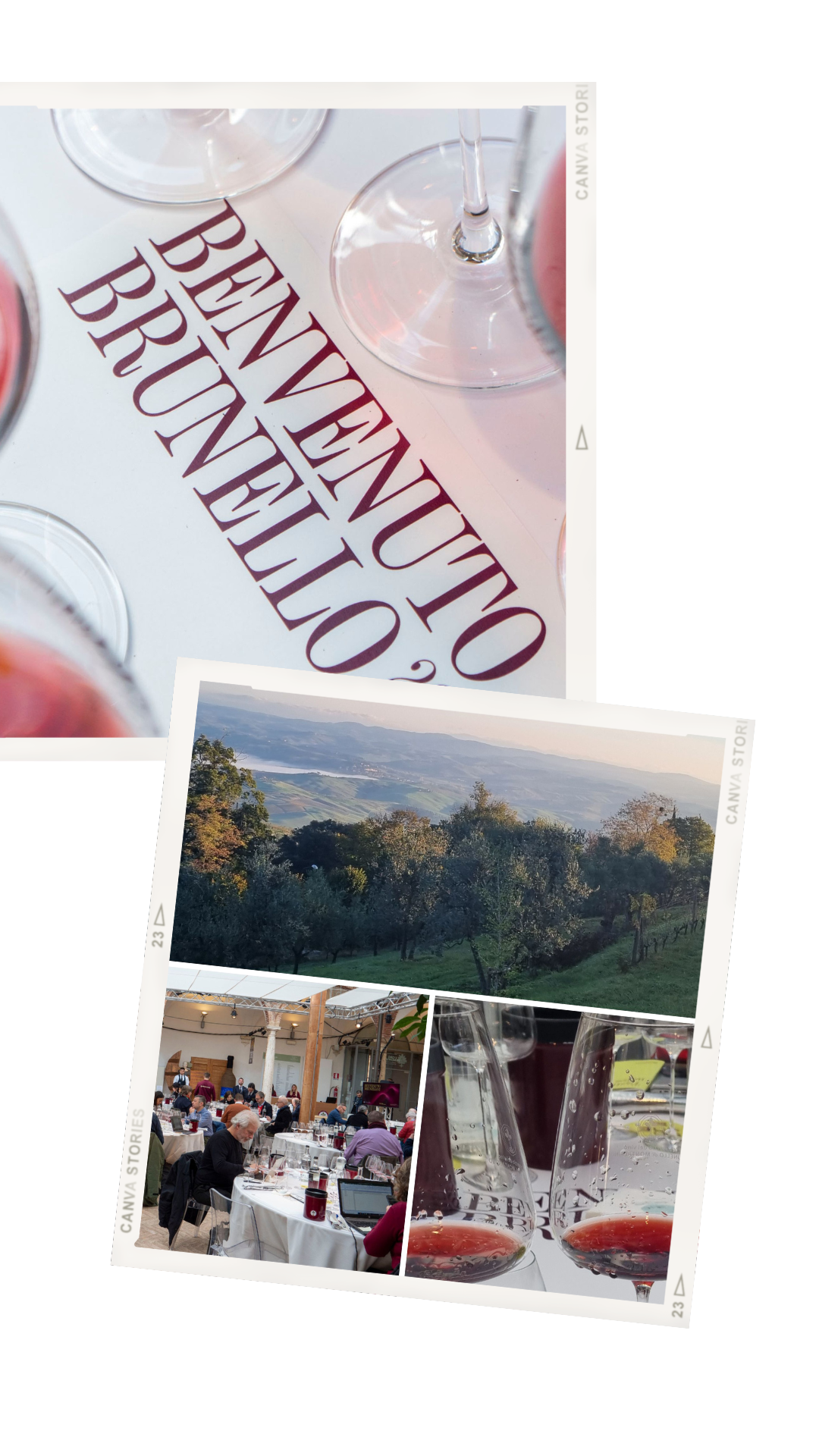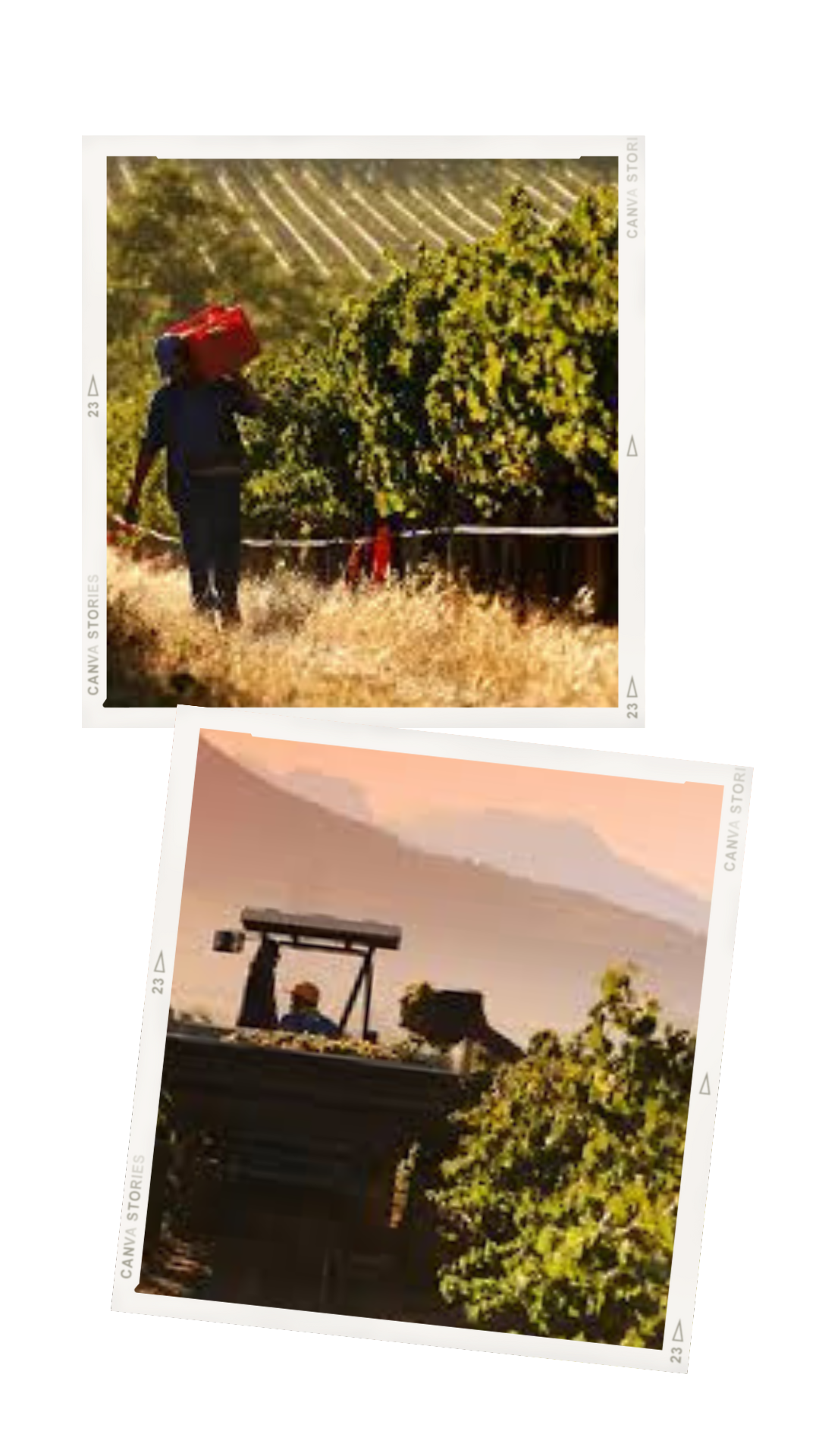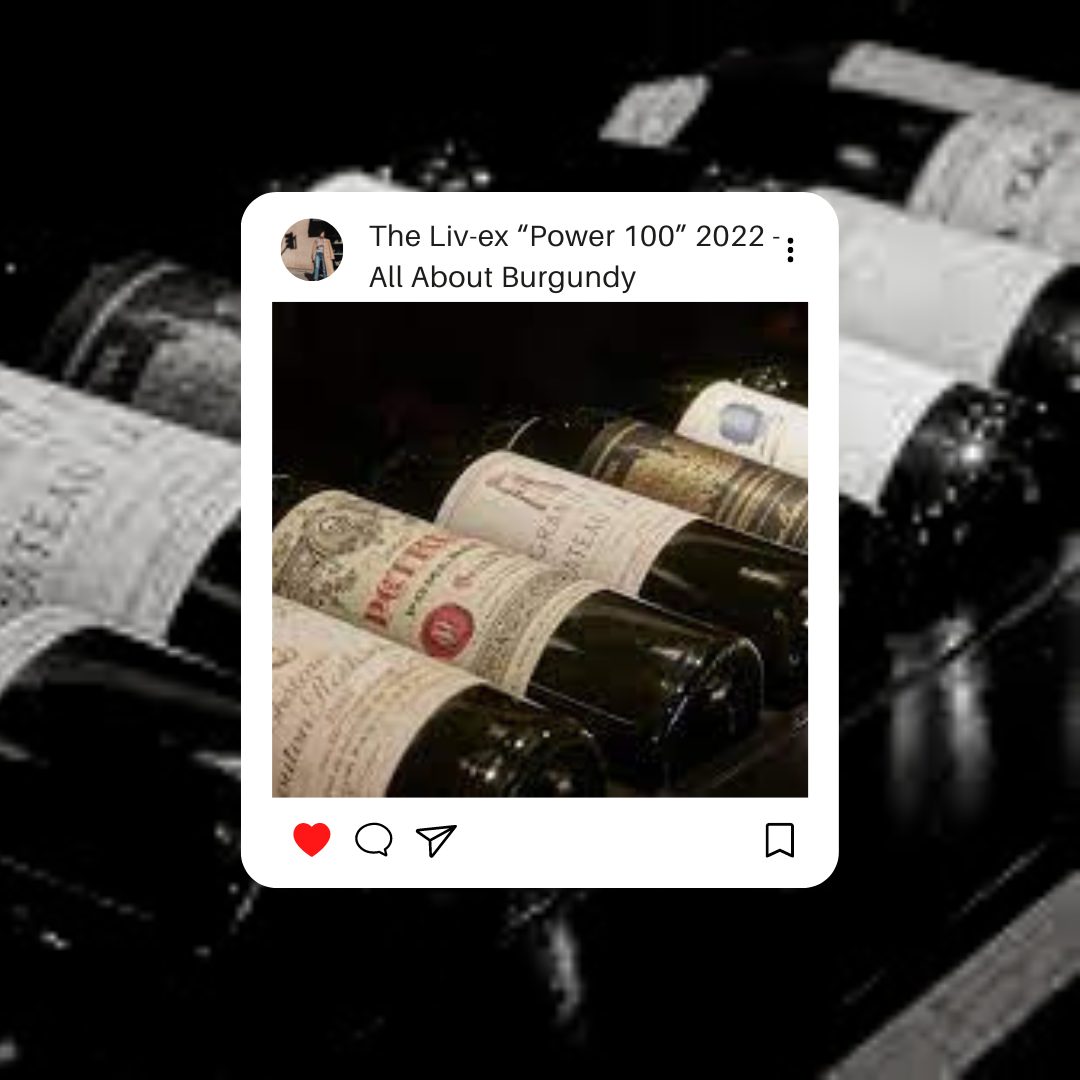September 10th, 2022, the day before the Val Tidone wine Festival, a group of journalists, wine writers and wine experts attended a press event “Emilia in Villa”, by “Emilia Wine Experience”, the organization which regroups different wine and food consortiums, and wine routes associations.
The press joined the tasting and explored the different styles of Malvasia and Gutturnio in the secular park of Villa Braghieri, Castel San Giovanni, which is in the province of Piacenza. It was a wonderfully conducted dinner that “blended” gastronomic masterpieces with a focus on the production of Malvasia which are age-worthy, white wines, that all have powerful aromas.
The vineyards in Emilia are extensively cultivated with both red and white grapes. The homeland of Malvasia is Colli Piacentini DOC, which refers to the gentle hills around Piacenza. This is a very interesting place for wine production, because of the steep slopes of the hills, and the different compositions of soils such as red clay and limestone and it has a particularly suitable climate for the vines – long and warm summers and very cold and cloudy winters. Colli Piacentini DOC covers 3,600 hectares of hills in the westernmost part of Emilia-Romagna. It runs from the Appennine, on the border with Lombardy, through the main five valleys: Val Tidone, Val Luretta, Val Trebbia, Val Nure, and Val d’Arda.
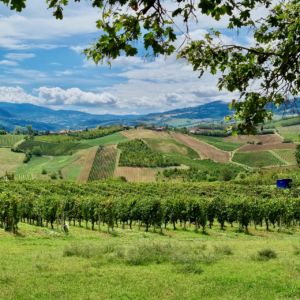
The production covers a wide range of wine styles and grape varieties. Among the many native grapes cultivated there is no doubt that Malvasia Aromatica is the golden shade of those wines. As the name suggests, it is very aromatic, but the producers of the area (over 80) have been keen to develop different styles of Malvasia, from dry to sweet, to bubbly and skin-fermented.
The DOC Colli Piacentini appellation has been protected by the local consortium since 1986, and, every year, celebrates with unbelievable enthusiasm the so-called Val Tidone Wine Festival in the charming towns of the DOC area. The event joins art, culture, local food, wine and hospitality, to create and promote the connection between the greatness of the territory. Tidone Valley is a land of scenic and breathtaking views. The smooth hills of the valley lead to Ziano Piacentino, the largest vine-covered area in Italy; and a historical town rich with castles under the same name. It is blessed to have a strategic geographic position, midway between North and Central Italy. The adjacent towns are also embellished with beautiful buildings and fortresses, some of them still have ruins from Roman times. The entire area is favored with green forests and pristine nature, around the river Trebbia, which contributes to the moisture of the area even during drought periods.
Emilia Wine Experience
The “Emilia Wine Experience” arises from the need of the territory representatives to emerge, or rather, to promote and communicate, in a more effective way, the potential of Emilia. The project also creates and promotes the territorial brand “Emilia” and has managed to involve 20 municipalities, gathered around the three main Provinces along the fascinating 5 roads of wine and flavors of Emilia: Piacenza, Parma and Reggio Emilia, two Consortiums of Protection, and a local association; all united to enhance the strong link between territory, wine, and tourism. The “Emilia Wine Experience” is a model of local development that brings together all the many experiences, events and quality initiatives of the territory, it collects them in the same portal, and gives them easy access.
“Emilia is a land of food and wine masterpieces”.
http://www.emiliawineexperience.it
Tasting Notes
COLLI PIACENTINI MALVASIA DOC “SORRISO DI CIELO” 2020 – LA TOSA
This winery dates back in the nineties, being one of the first to focus on still and dry Malvasia, that age. No doubt, this is a winning project of La Tosa, as their Malvasia is one of the few that can be aged for decades, keeping its body and aromas. This wine brings memories of Sicily, as the aromatic bouquet recalls Sicilian Muscat. The colour is deep golden and, on the nose, a lot of orange blossoms and dried apricot. On the mouth it is medium-bodied, easy drinking with a green finish.
COLLI PIACENTINI MALVASIA DOC “BACIAMANO” 2020 – MOSSI 1558
One of the most historical wineries of the area, immersed into the vineyards. Their Malvasia is pretty unique, as it is aged in porcelain stoneware, where it is fermented and aged for 6 months. The color tends to be more golden, but with deep notes of citrus, exotic fruits and dried herbs. On the mouth, its alcohol is well-balanced by the lashing citrusy acidity and long dry back taste.
COLLI PIACENTINI MALVASIA DOC “BOCCADIROSA” 2020 – LURETTA
An enchanting place for winemaking: a castle on the hills of Piacenza, a timeless place that was kept untouched through the years, since 1000. The same walls of the Middle Ages actually host the winemaking area and aging cellars. Since 1988 the vineyards have grown organic for a wide production of wine. This Malvasia shows brilliant amber color, with nice notes of cedar wood, beeswax, and candied orange zest. Full-bodied, with an immediate cleanness, almost tannic and salty on the back taste.
COLLI PIACENTINI MALVASIA DOC “TASTO DI SETA” 2019 – CASTELLO DI LUZZANO
A family-run winery made of passion and bonds with Northern Italy, that has concentrated its efforts and resources on dry Malvasia, in order to produce one of the most elegant examples of this wine. The straw yellow color, the nose has intriguing notes of cantaloupe, orange blossoms and chalk. On the mouth, its silky taste (as its name evokes, silk is “seta in” Italian) is well-balanced and long finish.
#stradavinicollipiacentini @stradavinicollipiacentini @visitemilia.official @inemiliaromagna @comunedicsg @visitpiacenza.official #emiliawineexperience #collipiacentini #tastecollipiacentini #visitemilia #igerspiacenza #piacenza #vivopiacenza #piacenzanonsiferma #piacenzafood #italianwine #italy #italianwinelovers #winetasting #wineevent #winetourism #malvasia

